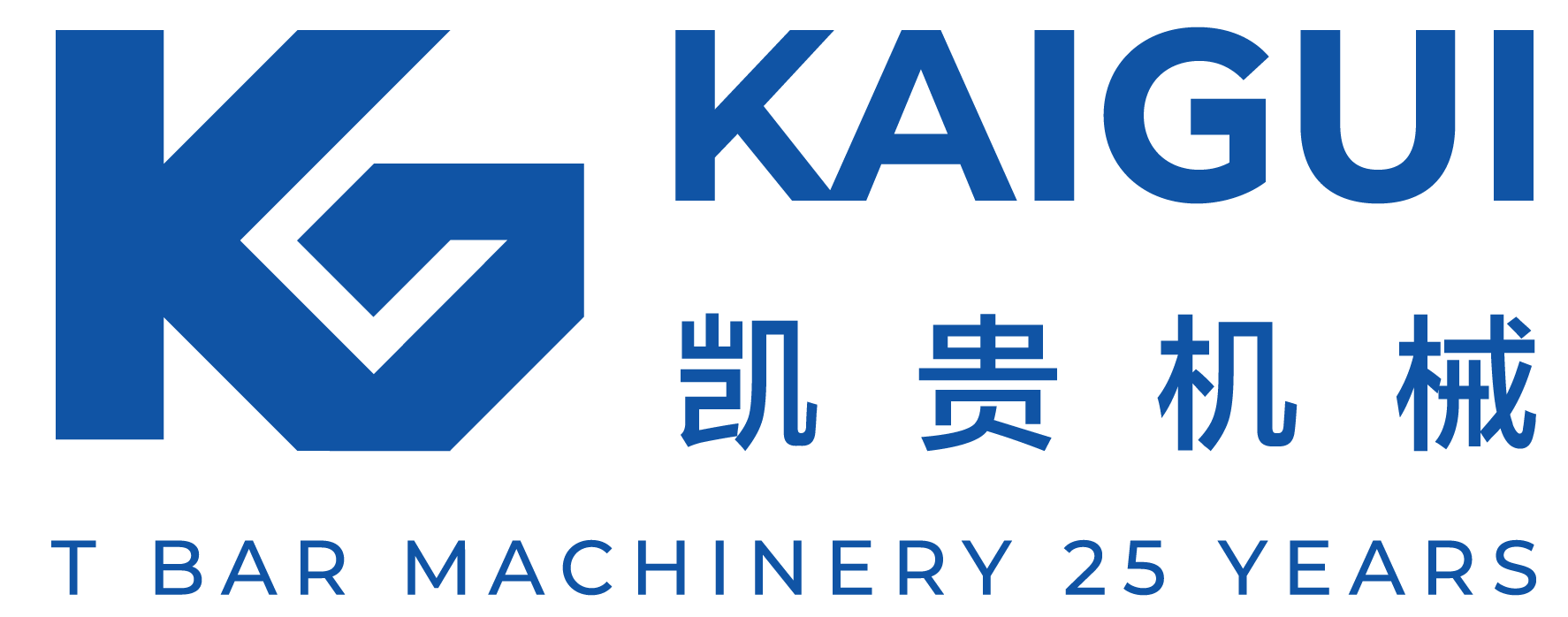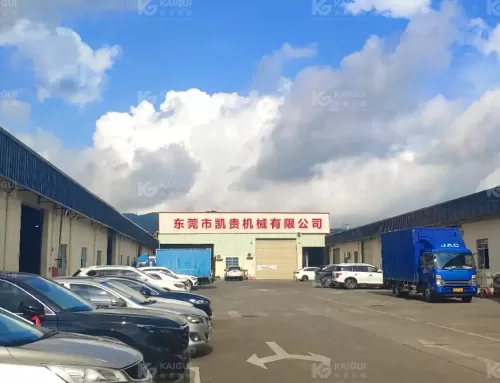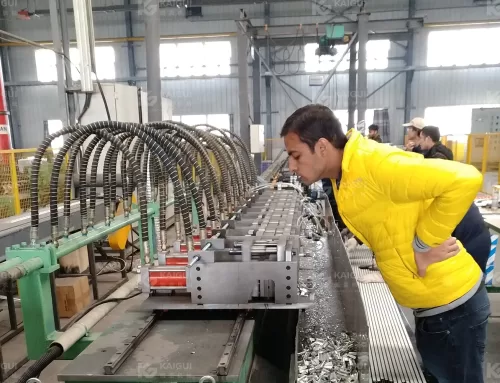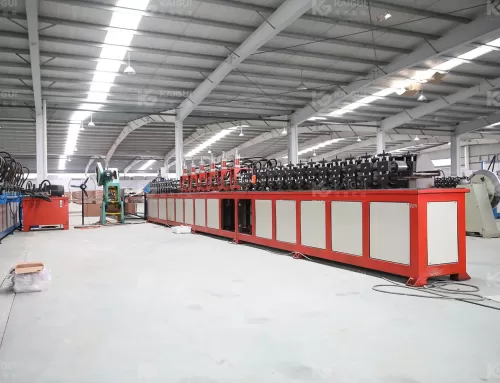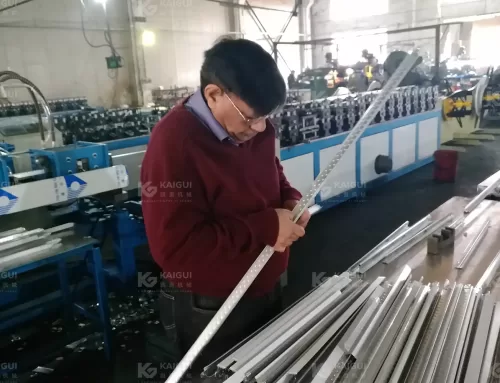
The crash barrier roll forming machine is a specialized piece of equipment designed for producing guardrails used on highways or expressways. These guardrails are typically in the form of W-shaped beams with either 2 waves or 3 waves, also known as thrie beams. Here are some key details about the crash barrier roll forming machine:
Types of Guardrails Produced:
- Two-Wave or W-Beam: This type of guardrail has a two-rib corrugated design with two secondary ribs and is commonly used for highway and road safety.
- Three-Wave or Thrie Beam: Thrie beam guardrails are designed to provide higher tensile strength and are used in situations where greater protection is needed, such as high-speed expressways.
Machine Capabilities:
- The crash barrier roll forming machine is equipped to produce both 2-wave and 3-wave guardrails, offering flexibility in production.
Automation:
- The machine operates fully automatically, starting from material feeding, hole punching, roll forming, and cutting. It is controlled by a PLC computer system to ensure precision and consistency in production.
Materials Used:
- Commonly, the machine processes 10-gauge high-tensile galvanized steel. In some cases, color-painted steel may also be used.
Material Thickness:
- The machine can handle materials with a thickness ranging from 2 to 3.5mm, making it suitable for manufacturing heavy-duty guardrails.
The production of guardrails is essential for road and highway safety, and the crash barrier roll forming machine streamlines the manufacturing process. It can produce guardrails continuously and efficiently, meeting the requirements of various road construction projects.
Whether it’s the standard two-wave guardrails or the more robust three-wave guardrails, this roll forming machine is designed to meet the demands of modern road infrastructure. It plays a crucial role in ensuring the safety of motorists on highways and expressways.
